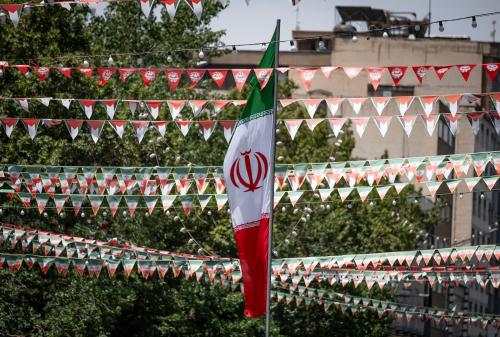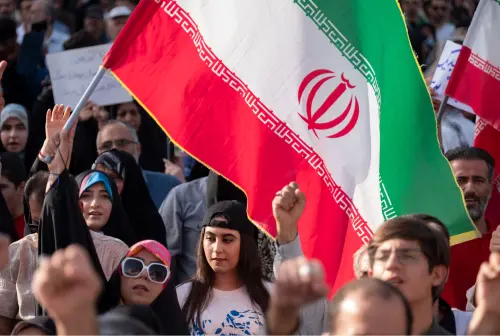As the Clinton administration nears a decision on building a national missile defense to protect the United States against threats from regional powers, Russia and China have raised concerns that this would undermine their deterrents and jeopardize their security. Alienating Moscow and Beijing would have strategic consequences that worsen the missile problem.
While the missile threat from regional powers is real, it is still small, and could either expand with Russian and Chinese technical support or remain limited without it. Washington must provide Moscow and Beijing with strong incentives to curb missile proliferation by assuring them that if they do so, the United States would reciprocate by restricting NMD. Such an approach would cooperatively address the security concerns of all sides.
Developing countries mainly have 700-to 1,200-mile-range missiles that cannot reach the continental United States. Their longer-range rockets, North Korea’s 3,700-mile-range Taepodong-2 and Iran’s 1,500-mile-range Shehab-4—both of which could be tested within a year—also generally fall short of U.S. territory. (The closest major American city, Boston, is 5,800 miles from Iran, 5,500 miles from Iraq, and 4,400 miles from Libya, while North Korea is 3,500 to 4,000 miles from Alaska, 4,400 miles from Hawaii and 4,800 miles from Seattle.) However, with a lighter payload or additional stages, an upgraded Taepodong-2 could strike the United States, and North Korea can build perhaps two such missiles each year. It is thus prudent to seek defenses (even if the technology only partly works) against any future Taepodong attack.
But excessive NMD initiatives could worsen the missile problem in two ways. First, to counter NMD, China could expand its nuclear force and Russia could halt nuclear arms control and place its missiles on greater alert, increasing the chances of an accidental launch, thereby heightening the security risk to the United States.
Second, Moscow and Beijing view unilateral NMD moves that undercut the Anti-Ballistic Missile treaty as a lessening of Washington’s commitment to the nuclear arms control regime. This decreases their own commitment to vital aspects of the regime, such as ensuring that scientists and institutions do not help the nuclear and missile programs of regional powers.
The dangers from regional powers could be formidable if, with Russian and Chinese technology transfers, they increase the range, size, and sophistication of their missile forces, making them capable of overwhelming and evading U.S. missile defenses.
Washington should therefore assure Beijing and Moscow that, as long as the missile threat is minimal (which it would be if Russia and China curbed aid to foreign missile programs), NMD will be restricted to the size of the original ABM treaty which permitted 100 interceptors at two sites.
This could defend the East and West coasts from either accidental Russian or Chinese launches or a strike by a regional power, but would not be large enough to jeopardize Russia’s or China’s deterrents. Washington could also offer to keep NMD undeployed if the missile threat is eliminated. Such clear and meaningful incentives could persuade Moscow and Beijing to both accept a small NMD and strive to curb regional missile programs, without compromising their commitments to nuclear arms control.
Finally, a seriously pursued engagement policy may yet persuade regional powers to constrain their missile activity. Last September, North Korea agreed to not test missiles as long as a dialogue with Washington continues.
A successful dialogue could convince North Korea to restrict its long-range rocket program and cease its missile exports in exchange for economic, political, and security benefits. Without assistance from North Korea, Russia or China, the missile programs of Iran, Iraq, and Libya will remain primitive for the next five years.
By then, if regional security environments stabilize or new governments emerge, these states may also be influenced to rein in their missile activity. And, if they nevertheless build a few rudimentary long-range missiles, the small United States NMD could counter these.
Such a cooperative security approach—which limits NMD in exchange for Russian and Chinese initiatives to contain proliferation—also holds the possibility of curbing regional missile programs, and provides for our best defense against the missile threat.
The Brookings Institution is committed to quality, independence, and impact.
We are supported by a diverse array of funders. In line with our values and policies, each Brookings publication represents the sole views of its author(s).



Commentary
Op-edA Cooperative Approach to Missile Defense
March 10, 2000